Every pond owner has this question in his mind that how should he plant plants in pond? It is important to have pond plants to maintain a healthy ecosystem. However, some of the terminology used to describe the process may appear complex at first and sometimes even confusing.
This should not be the case, and we have prepared a complete guide to planting pond plants. You will know exactly how to choose specific pond plants and how to go about the entire process.

What You Need to Have Beforehand To Plant Them
Once you have made the decision to infuse your pond with some plants, here are some items you will need. All of these should be available at your local hardware store or even at Home Depot.
Soil
Most aquatic plants need heavier soil to provide anchoring. Clay is perhaps best at this but may hinder root growth. Instead, find heavy loam soil or packaged aquatic soil. For shorter plants around the pond’s edge, sand or gravel can be enough but poor at nutrient retention.
Pots
Plastic pots perforated with holes are common, but they allow the soil to leach into the pond thus providing nutrients for algae. This is why you may want to consider no-hole pots or fabric pots. Fabric pots are the most effective because the soil within does not leech and the plant can still absorb nutrients from the water.
Light and Nutrients
Even aquatic plants have the same needs as other plants, so it’s important to provide them. Some plants require more light than others, though, and you should inquire from the store during purchase to find out the exact requirements.
Types of Pond Plants and How to Plant Each One
Along with learning the actual planting process, it’s important to understand how pond plants are classified. It will be important to know this so that you can choose wisely and also to know what you need to facilitate its growth.
This classification is according to zones from the edge to the depths of the pond.
Bog plants
Such plants are also referred to as moisture-loving, but they are not fully aquatic. You will often find them around the edge of the pool, where they enjoy the abundant moisture, but they should not be completely submerged as they will often rot and die.
Although these types of pond plants do not play a direct role in the pond’s ecosystem, they can be a valuable addition to your water feature. For instance, the Queen Victoria plant (Lobelia cardinalis) produces striking red flowers that appear from mid-summer to early fall. Meanwhile, Fan Mixed (Lobelia x speciosa) produces flowers of pink, crimson and mauve from late summer to autumn.
Because they are growing around the edges, you won’t need to buy any soil to produce them. Make sure that the ground remains moist and add slow-release fertilizer into the soil as needed.
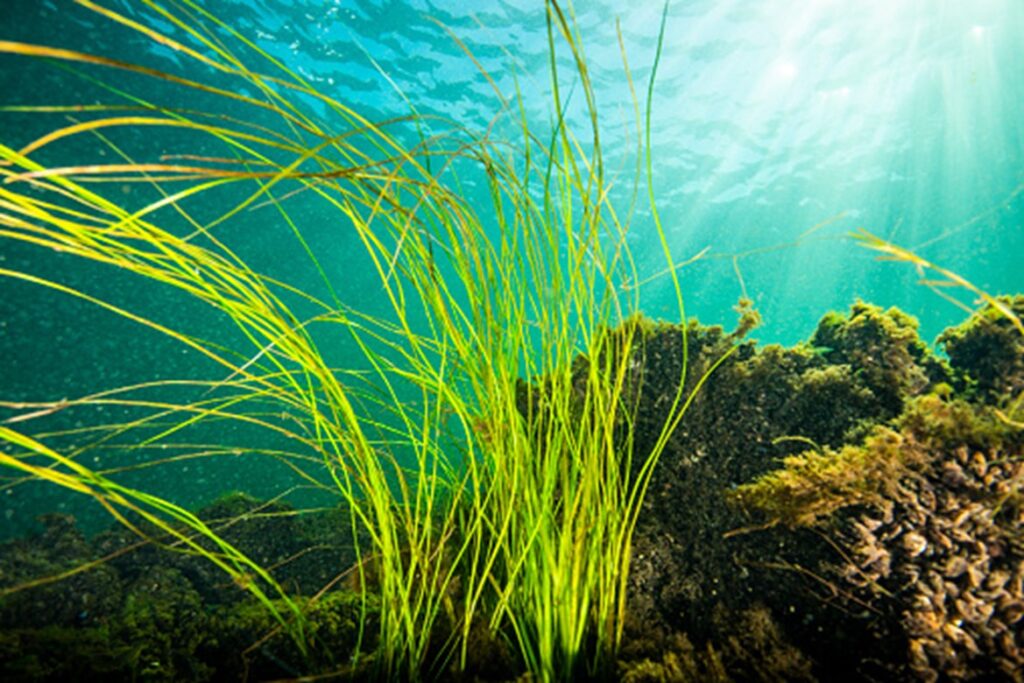
Marginal Plants
Also referred to as emergent plants, they will be found around the inside edge of your pond with their roots under the water but most of the body above the water. They play a role in minimizing algae growth, but their most important role is erosion control, thanks to their deep and large root structures.
Even so, that doesn’t mean they can’t be beautiful at the same time, such as in the case of Flame (Houttuynia cordata) that has variegated leaves of green, red and yellow and a distinct orange scent if crushed.
Such plants usually prefer heavy loam soil or clay and can be first planted in fabric planting bags or a container perforated with holes. When planting, the top of the container or bag should be at least two inches below the water surface. Fertilizer will also be necessary at this stage, but most marginal plants tend to be hardy after being mature.
Deepwater Aquatic Plants
With their roots firmly planted in the deepest areas of the pond, they possess long stems that emerge from the water surface and produce leaves and flowers above. They play many roles in a pond’s ecosystem, including shade and protection for fish and improving water quality by absorbing pollutants. The most common of these are the water lilies, which come in various shades from white to blue, yellow, red and pink.
To plant lilies, for example, place the tuber upright in a fabric planting bag or pot with the crown exposed. Now fill the bag or pot with heavy loam soil mixed with fertilizer and submerge first on the shallower waters of the pond. It is only after the plant is more mature that you can transfer it to deeper depths. Remember that the plants need plenty of sunlight to grow, at least 5 hours.
Submerged Plants
You won’t always see these plants because they remain underwater, but they play the most important role – slowing algae growth and oxygenating the pond. At the same time, they can quickly become invasive if left unchecked, such as Cabomba in the UK. Therefore, you must keep their growth in check even if they may be out of sight.
For such pond plants, you may use small containers and place them at the bottom of the pond or tie weights at the base of the plant to ensure it remains submerged.
Floating plants
These will be seen floating freely on the water surface, but it’s important to recognize a significant difference. While actual floating pond plants don’t need any planting, others will have narrow stems extending to the soil beneath. With the former variety, it’s straightforward how you can plant them – by simply placing them on the water surface. In the latter case, though, the plant must be grown in a container with fertilizer and heavy loam soil.
_______________________________________________________________________
Aquigarden is reader-supported by Adsense & Amazon LLC. When you buy throug links on our tips site, we may earn an affiliate commission. Learn more. Aquigarden is a participant in the Amazon Services LLC Associates Program, an affiliate advertising program designed to provide a means of sites to earn lead fees by linking to Amazon.com
We only give our own opinion. We only give our own opinion. We do not accept any liability. We recommend that you always call in a professional in pond & pool.


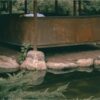
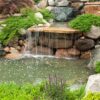
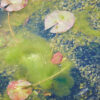



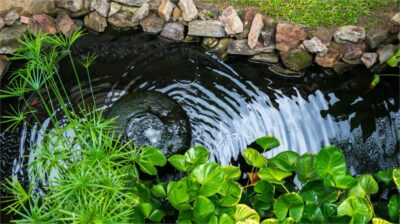

I used to be able to find good info from your articles. Keeley Ryun Clarhe
Of course, what a magnificent site and informative posts, I definitely will bookmark your blog. Best Regards! Lela Boony Janice
Pingback: How To Keep Pond Water Clean For Fish - Aquigarden
Pingback: What Type of Filtration System Should I Use For a 250L Pond? Aquigarden.com